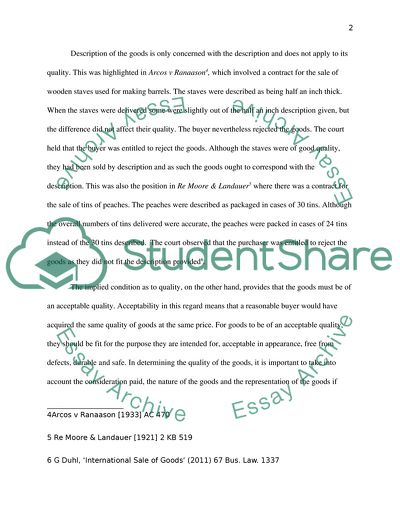Cite this document
(Commercial Law Essay Example | Topics and Well Written Essays - 2000 words - 2, n.d.)
Commercial Law Essay Example | Topics and Well Written Essays - 2000 words - 2. https://studentshare.org/law/1815268-commercial-law
Commercial Law Essay Example | Topics and Well Written Essays - 2000 words - 2. https://studentshare.org/law/1815268-commercial-law
(Commercial Law Essay Example | Topics and Well Written Essays - 2000 Words - 2)
Commercial Law Essay Example | Topics and Well Written Essays - 2000 Words - 2. https://studentshare.org/law/1815268-commercial-law.
Commercial Law Essay Example | Topics and Well Written Essays - 2000 Words - 2. https://studentshare.org/law/1815268-commercial-law.
“Commercial Law Essay Example | Topics and Well Written Essays - 2000 Words - 2”. https://studentshare.org/law/1815268-commercial-law.


